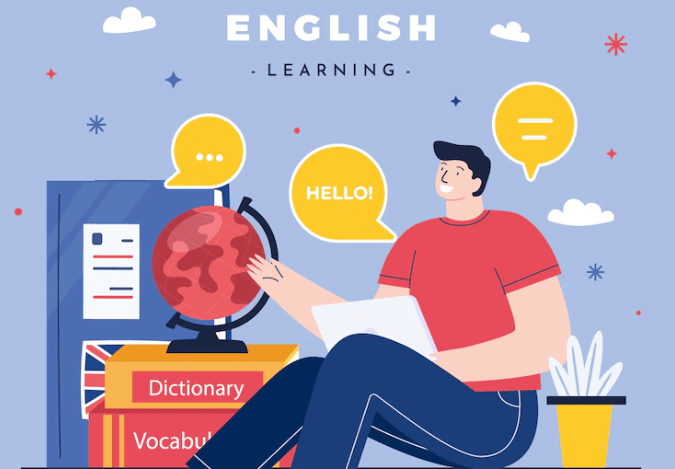In this post, you will find anything you need to know about teacher-centered instruction and its characteristics.
In Teacher-Centered Instruction, students put all of their focus on the teacher. teachers talk, and the students exclusively listen.
A typical Presentation – Practice – Production (PPP) lesson tends to be teacher-centered, as the teacher leads the activity and provides necessary information.
10 Teacher-Centered Instruction Characteristics
These are 10 characteristics of teacher-centered instruction
- The teacher is the center of knowledge and in charge of learning.
- Students are usually passively receiving information.
- The instructor’s role is to be the primary information giver and primary evaluator.
- Students are viewed as “empty vessels” who passively receive knowledge from their teachers.
- Teachers and professors act as the sole supplier of knowledge, and under the direct instruction model, teachers often utilize systematic, scripted lesson plans.
- Teacher-Centered Instruction is fairly low-tech, often relying on the use of textbooks and workbooks instead of computers
- Assessments are in many cases only carried out as summative and not formative evaluations and they rarely address qualitative issues of the learner’s progress.
Teacher-Centered Instruction Pros and Cons
These are some of the pros and cons of using teacher-centered instruction:
The pros of teacher-centered instruction:
- The classroom remains orderly.
- Students are quiet as the teacher presents new information and leads the activities
- Teachers retain full control of the classroom and its activities.
- The teacher is an effective model of the target language.
- The teacher is an important source of information on how the learners are doing.
The cons of teacher-centered instruction:
- Students don’t learn to collaborate with other students missing opportunities to share what they have learned.
- Students don’t use their communication skills.
- This type of instruction can be boring for students.
- Teacher-centered education doesn’t allow students to express themselves and direct their own learning.
- Students don’t outgrow their dependency on supervising instructors and teachers.
- Teacher-Centered Instruction doesn’t empower learners’ autonomous study skills and subsequently lifelong learning skills.
- Teacher-centered learning most often doesn’t address the importance of open inquiry.
Common Tasks related to Teacher – Centered Instruction
Here are some common tasks associated with teacher-centered instruction:
🎓 Curso Gratuito de Inglés
Mejora tu gramática, amplía tu vocabulario y aprende expresiones útiles con los cursos y lecciones gratuitas en EnglishPost.org .
Practica Ahora →Lectures:
- Delivering content through spoken presentations, explaining concepts, providing information, and offering insights.
Demonstrations:
- Showing students how to perform a task or solve a problem, often using visual aids or examples.
Questioning:
- Asking students questions to check for understanding, promote critical thinking, and encourage participation.
Guided Practice:
- Leading students through exercises or activities to reinforce newly acquired knowledge or skills.
Dictation:
- Reading aloud or providing written content for students to transcribe, helping to improve listening and writing skills.


